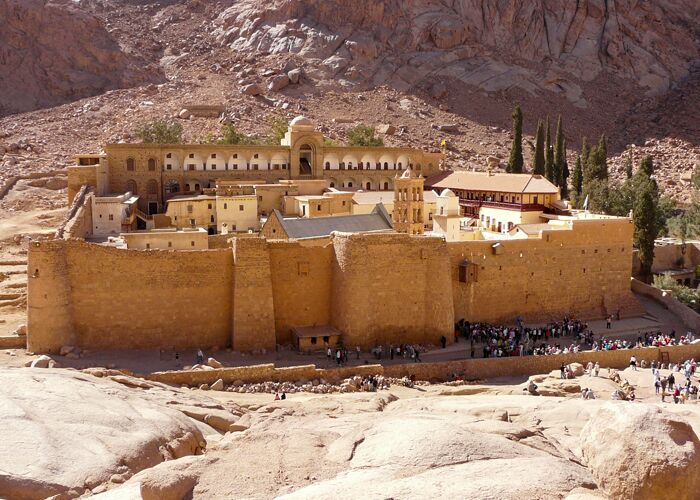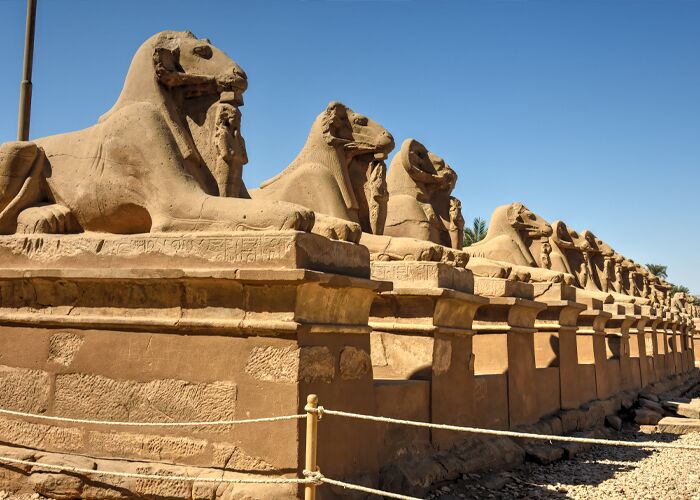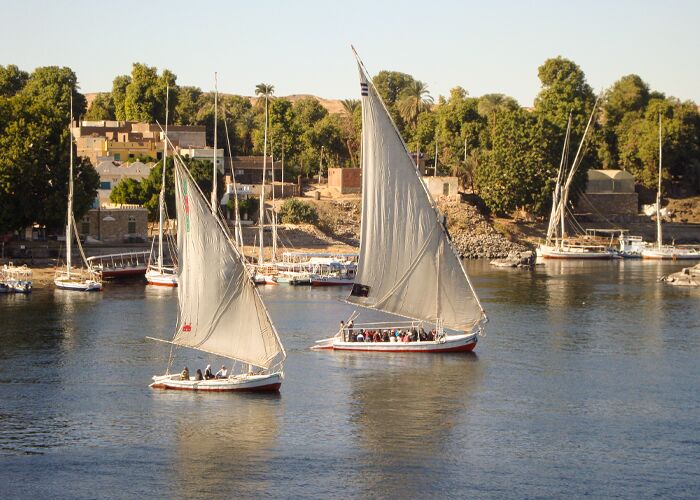What is Saint Catherine’s Monastery in Sinai?
One of Sinai’s most important cultural and historical sites is the Saint Catherine Monastery.
It’s right in the middle of the peninsula, about 1585 metres above sea level.
After about two kilometres from the village of el-Milga, you can get to the monastery.
There, in a deep valley depression at the foot of Gebel Musa (2285 metres) and under the watchful eye of Gebel Katarina (2642 metres), it found its place.
Who chose the name “Saint Catherine Monastery”?
Sinai Monastery Saint Catherine is where the Greek Orthodox monastery got its name. It is one of the oldest monasteries in Christianity.
But the martyr from Alexandria, who died in the fourth century, has been the patroness of St. Catherine’s Monastery only since the Middle Ages.
Church of St. George is another topic you can read about.
Who gave Catherine her name?
This was once given to Mary, who was Jesus’ mother.
Legend has it that the bones of Saint Catherine’s Monastery mysteriously showed up on the same-named mountain.
This was enough for the monks to change their name.
How do you get to Saint Catherine’s Monastery?
Jews and Christians both place a lot of importance on the place where Saint Catherine built.
The history of St. Catherine’s Monastery:
God showed himself to Moses here in the form of a thorn bush that was on fire.
Inside the monastery walls, you can still see a broom bush, which is thought to be a branch of the legendary thorn bush.
And on nearby Mount Moses (Gebel Musa), also known as Mount Sinai, Moses got the Ten Commandments on tablets.
Even now, a lot of people still make the trip to climb to the top of the mountain and get a sense of the special atmosphere.
Beginning in the fourth century, this was where the first hermits chose to live.
Then, in 324, a chapel was built by Empress Helena, who was the mother of Constantine the Great.
In 537, Emperor Justinian built a basilica and a wall around the monastery buildings that looked like a fortress. He did this to protect the Sinai Peninsula Passage and the monks from Bedouin raids.
Between 540 and 560, the Monastery of Saint Catherine took its present shape.
Since 2002, the monastery has been on the list of UNESCO World Heritage Sites.
the world’s oldest monastery:
The monastery’s buildings and gardens take up an area of 100 hectares.
The monastery library and collection of about 2,000 icons, which date back to the sixth century and have many pictures of Sinai Monastery Saint Catherine, are both worth seeing.
The monastery library is thought to be one of the oldest in Christendom. Only the Vatican library is thought to be older.
The Codex Sinaiticus, a Bible manuscript that is almost completely intact and was found by the German theologian Constantin von Tischendorf, is one of the things that make the library interesting.
In the museums’ treasuries, there were many stretcher crosses, ornate reliquaries, and rare manuscripts that could not be found anywhere else in the world.
Sinai Monastery St. Catherine Today:
About twenty monks live there now, but not many of them are from Egypt.
Every year, between 50,000 and 100,000 people visit the monastery and museums.
Parts of the monastery can be seen in the morning from 9:30 to 12:00, except on Fridays, Sundays, and Greek Orthodox holidays.
Pay attention to how you dress, and don’t bring a camera.
Sinai Monastery Saint Catherine is worth a visit because of where it is and how important it is.
And it’s easy to get to from the vacation area around the Red Sea.
If you don’t want to plan the trip yourself, you can find out about Day Tours from Egypt via travel and book one of the many trips they offer.
Egypt trips with Egypt via travel
In the end, to enjoy Egypt’s beautiful scenery and see its monuments,
Check out our Egypt travel packages, as well.
Check out our Nile cruises if you want to enjoy seeing the temples and tombs of Upper Egypt.





